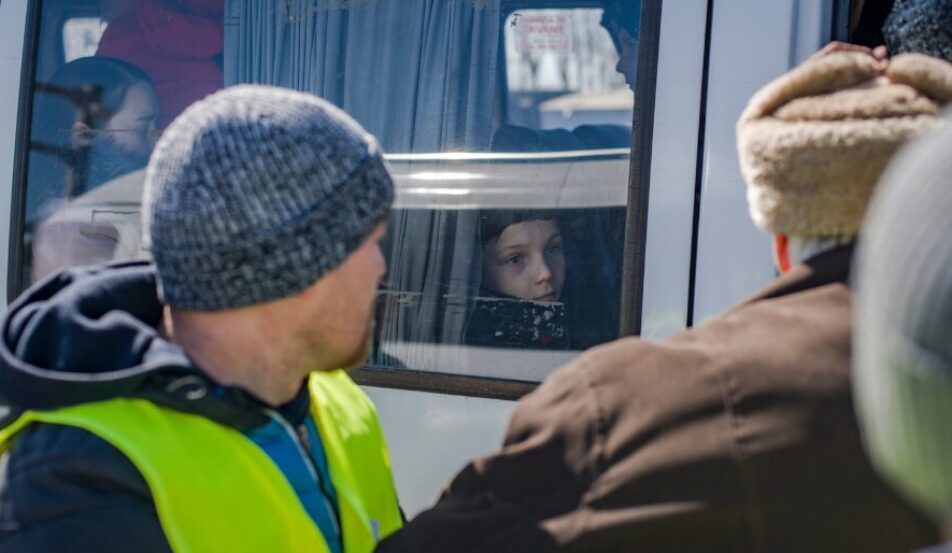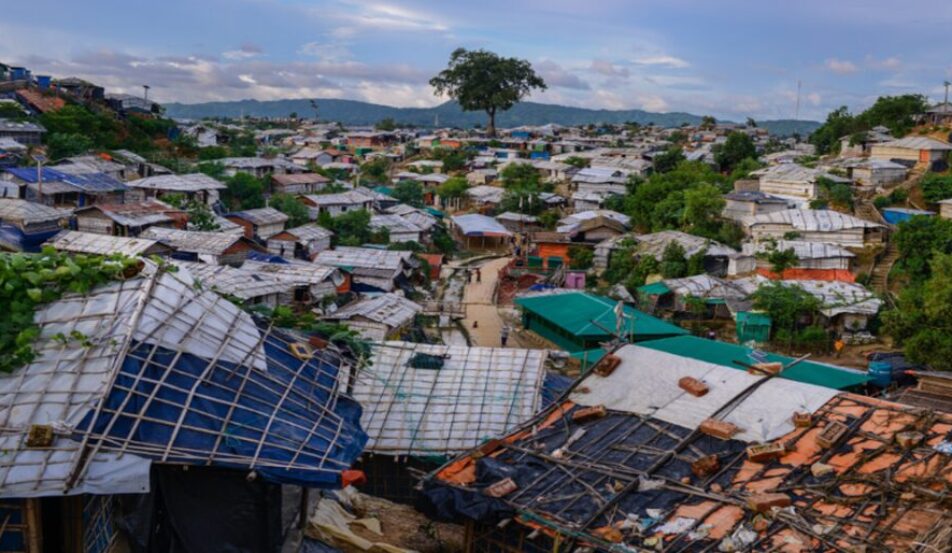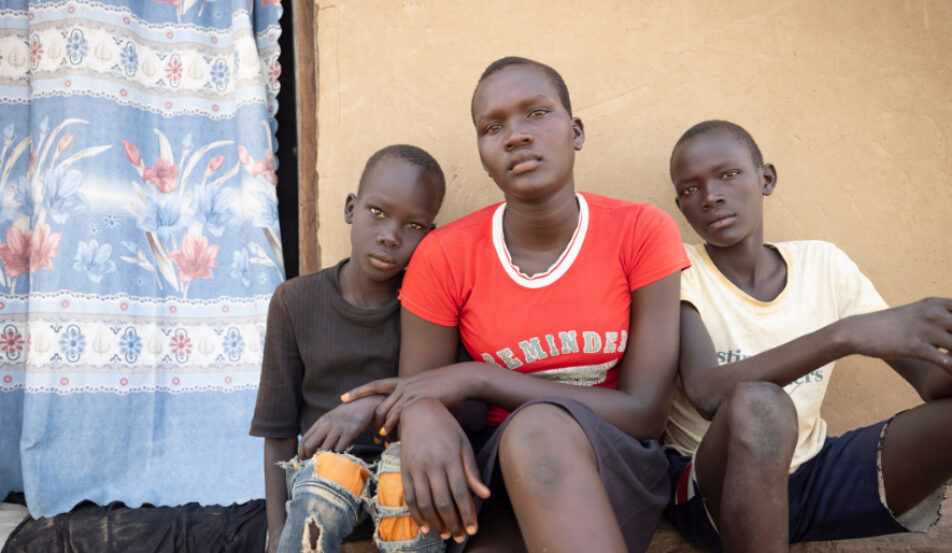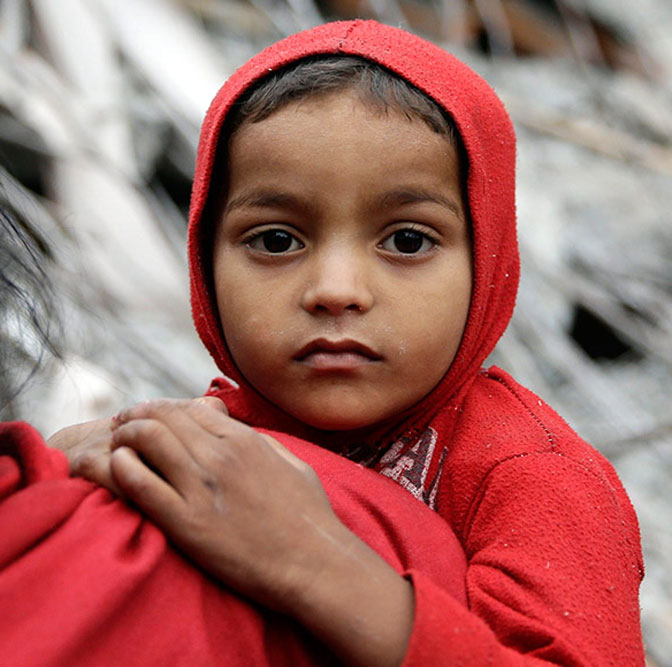My family survived a tsunami
On 17 July 1998 a 7.0 magnitude earthquake, which triggered a tsunami, struck the north coast region of Papua New Guinea (PNG). The tsunami caused utter destruction for the people of Malol in East Sepik.
Along a 45km coastal stretch, the tsunami destroyed villages and crops, displaced thousands of people and left a death toll of an estimated 2,200 people in its wake. Media reports suggest children in particular bore the brunt of the disaster, sustaining the most injuries and lives lost.
Thanks to the quick thinking of my mother, my family and I survived. When my mother was a small girl, my grandfather would tell stories of the earthquakes and volcanic events he experienced as a plantation worker in Rabaul. These stories became the tool that equipped my mother with her quick response to the impending danger.
Today I realise that if it wasn`t for my grandfather`s stories, my family and I would not be alive. There were no warning systems in place, no disaster committees to help us, only instinct.
I was just 10 years old when the tsunami hit. I was confused and lost by the experience, but I now understand how important it is to have communities equipped with disaster risk knowledge and preparation for reacting to such events. I now know that preparation is what saves lives and reduces the destruction of properties in the face of disasters.
Disaster risk reduction (DRR) is vital in rural communities now, particularly as PNG is experiencing the effects of climate change. Poverty and a lack of education and knowledge make people and communities more susceptible to disaster because of their lifestyle and living environment.
Our main priority is equipping communities with the relevant skills to take ownership of the disaster management cycle €“ because it is the local people who will be affected and therefore who should have ownership of their own disaster planning.
As a young Papua New Guinean, I can see that DRR is a cross-cutting issue in PNG. Having the right skills and knowledge equips my fellow Papua New Guineans with the ability to identify any potential hazard within their community, district, province, and across the nation.
Working with ChildFund PNG across Rigo district in Central province, I am assisting children and their communities in developing disaster contingency plans, identifying daily hazards and training community members to have a voice and be involved in disaster preparedness.
By preparing for the worst I know children from the communities we work with will no longer suffer the greatest when disaster strikes.






